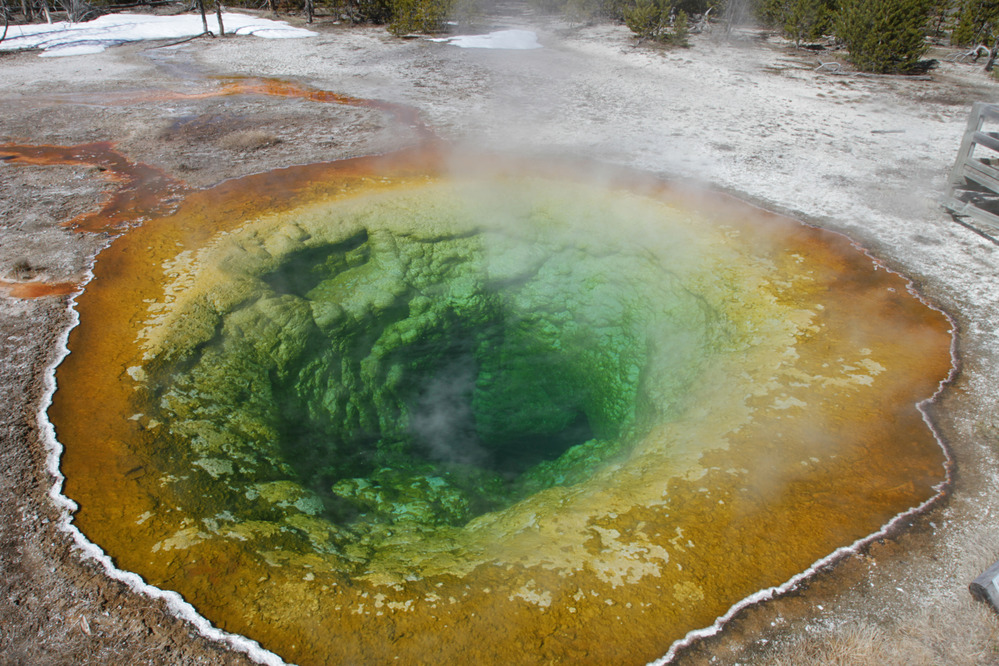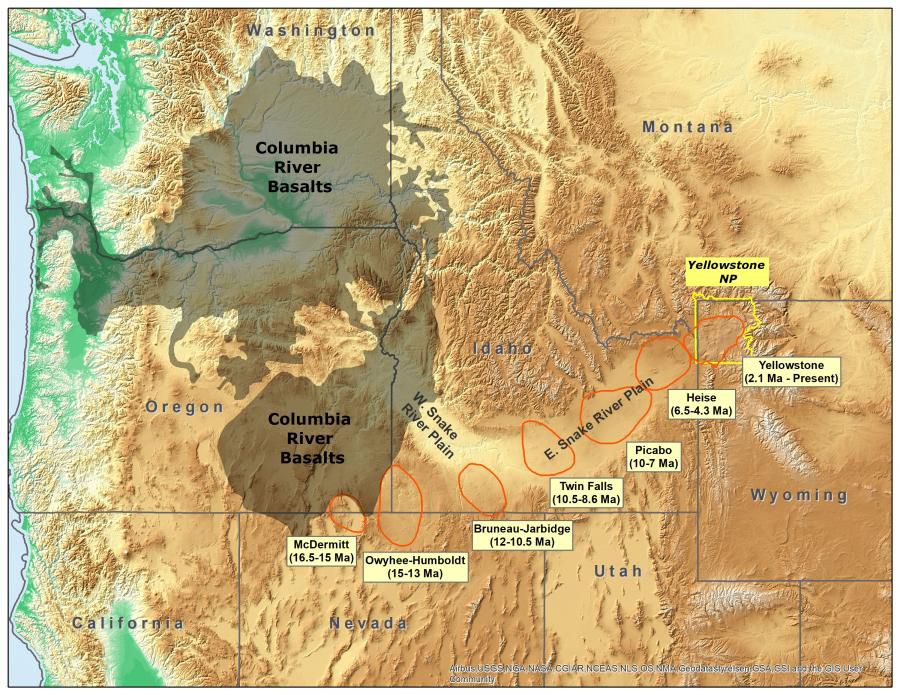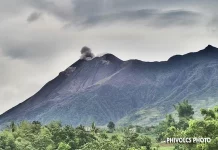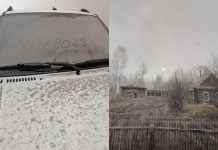While the Yellowstone is currently being hit by swarms of earthquakes…
A new study explains that the Yellowstone hotspot is waning…

Throughout Earth’s long history, volcanic super-eruptions have been some of the most extreme events ever to affect our planet’s rugged surface.
Surprisingly, even though these explosions eject enormous volumes of material and have the potential to alter the planet’s climate, relatively few have been documented in the geologic record.
Now, in a new study, researchers have announced the discovery of two newly identified super-eruptions associated with the Yellowstone hotspot track, including what they believe was the volcanic province’s largest and most cataclysmic event.
The results indicate the hotspot, which today fuels the famous geysers, mudpots, and fumaroles in Yellowstone National Park, may be waning in intensity.
The two new Yellowstone super-eruptions
The team used a combination of techniques, including bulk chemistry, magnetic data, and radio-isotopic dates, to correlate volcanic deposits scattered across tens of thousands of square kilometers.
They discovered that deposits previously believed to belong to multiple, smaller eruptions were in fact colossal sheets of volcanic material from two previously unknown super-eruptions at about 9.0 and 8.7 million years ago.
“The younger of the two, the Grey’s Landing super-eruption, is now the largest recorded event of the entire Snake-River–Yellowstone volcanic province,” says Knott. Based on the most recent collations of super-eruption sizes, he adds, “It is one of the top five eruptions of all time.”

The Grey’s Landing Super-eruption
The ca. 8.72 Ma Grey’s Landing eruption was magnitude 8.8 and its volume exceeded 2800 km3. It covered ≥23,000 km2 and is the largest and hottest documented eruption from the Yellowstone hotspot.
That super-eruption was 30% larger than the previous record-holder – Huckleberry Ridge Tuff – and had devastating local and global effects.
The Grey’s Landing eruption enamelled an area the size of New Jersey in searing-hot volcanic glass that instantly sterilized the land surface.
Anything located within this region would have been buried and most likely vaporized during the eruption.
Particulates would have choked the stratosphere, raining fine ash over the entire United States and gradually encompassing the globe.
The McMullen Creek super-eruption
The ca. 8.99 Ma McMullen Creek eruption was magnitude 8.6, and larger than the last two previous major eruptions at Yellowstone (Wyoming).
Its volume exceeded 1700 km3, covering ≥12,000 km2.
The Yellowstone hotspot is waning
Both of the newly discovered super-eruptions occurred during the Miocene, the interval of geologic time spanning 23–5.3 million years ago.
These two new eruptions bring the total number of recorded Miocene super-eruptions at the Yellowstone–Snake River volcanic province to six. This means that the recurrence rate of Yellowstone hotspot super-eruptions during the Miocene was, on average, once every 500,000 years.
By comparison only two super-eruptions have so far taken place in what is now Yellowstone National Park during the past three million years. It therefore seems that the Yellowstone hotspot has experienced a three-fold decrease in its capacity to produce super-eruption events. This is a very significant decline.
In conclusion, the new study shows that the recurrence rate of Yellowstone super-eruptions appears to be once every 1.5 million years. The last super-eruption there was 630,000 years ago, suggesting we may have up to 900,000 years before another eruption of this scale occurs.
But this estimate is far from exact, and continuous monitoring in the region is a must. The recent swarm of earthquakes within the park just shows how active the volcanic region is.
But as already introduced in previous articles, Yellowstone is just a distraction… Cascadia is the real Big One!
And watch the documentary below… It’s really worth your money
More volcanic updates on Strange Sounds and Steve Quayle. [Geology, Geo Society]
Follow us: Facebook and Twitter. By the way you can also support us on Paypal. Please and thank you!













These volcanic hot spots and composite volcanoes have earthquake swarms every Spring during the annual thaw and snow melt. I used to climb volcanoes. I remember climbing Mt. Rainier back in the 70’s. The rock on the mountain was super saturated with water. The rock is rotting. Rock slides are common. You can even grab the rock and break it up in your hands. Water is leaking out everywhere. Not just from the glaciers. The biggest worry should be Lahars, or slides or mud flows. You don’t need an eruption to have one. My house at the time sat on the remnant of a mud flow. Native American artifacts have been found under the debris field, which stretch for hundreds of square miles, and almost reached Tacoma and Seattle Washington. Not that long ago.